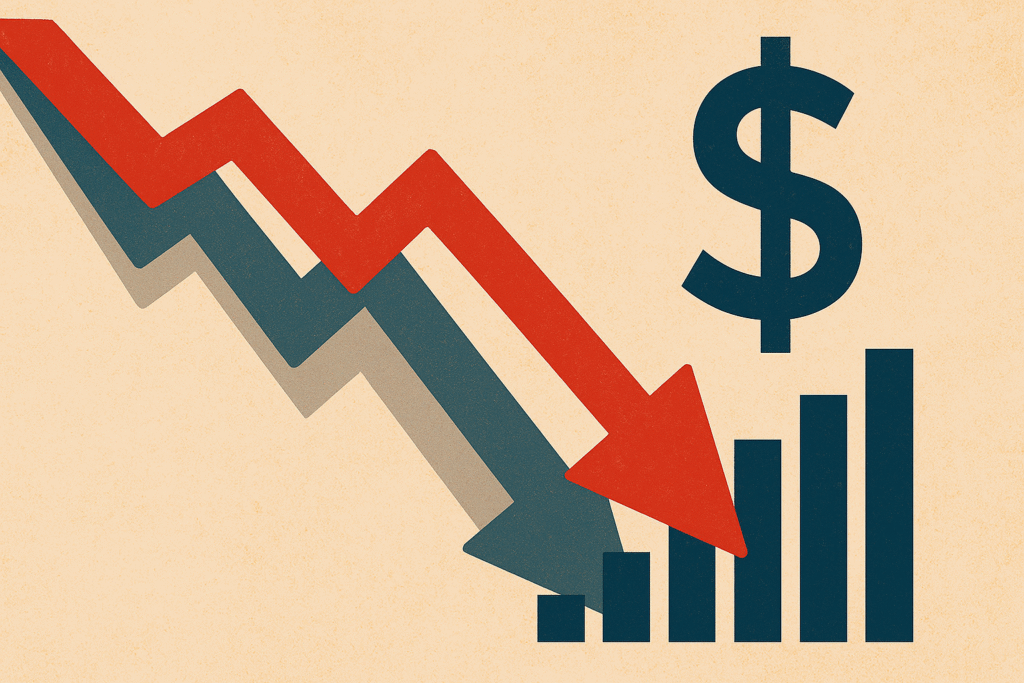The U.S. dollar experienced a sharp reversal on Friday following disappointing labor market data, ending what had otherwise been its strongest week since Donald Trump’s election victory in November 2024. Despite a 1.5% weekly gain against a basket of major currencies—its largest since the election—the dollar index dropped 1.3% in a single day, reacting to new employment figures that signaled a notable slowdown in job growth.
The Bureau of Labor Statistics reported significantly weaker-than-expected job creation, coupled with sharp downward revisions for May and June. The news raised fresh concerns about the U.S. economy’s trajectory and pushed traders to reprice expectations for interest rate cuts by the Federal Reserve.
As a result, investors reignited bearish bets on the dollar, reversing a recent bullish trend driven by stronger economic data and President Trump’s tariff-driven trade policies. This marked a return of the pessimism that defined the dollar’s earlier performance in 2025, which saw its worst start to a year since 1973.
Adding to market anxieties, President Trump dismissed the head of the Bureau of Labor Statistics following the poor jobs report, prompting renewed fears over the independence and integrity of U.S. economic institutions.
Deepak Puri, chief investment officer for the Americas at Deutsche Bank Wealth Management, noted that “the market now needs to price in more rate cuts,” signaling a shift away from the previously dominant narrative of U.S. economic strength. Steve Englander of Standard Chartered echoed this, predicting “another period of dollar weakness” due to the economic cycle and growing expectations for monetary easing.
Some analysts, including Fidelity International’s Mike Riddell, suggested that if the August payroll report mirrors July’s weakness, the Fed could consider a 50-basis-point cut in September, rather than the typical quarter-point reduction.
Despite a recent rebound, the dollar remains down 9% year-to-date. Analysts attribute this to Trump’s erratic policy decisions, including sweeping tax reforms, tariffs, and ongoing public pressure on Fed Chair Jay Powell. Brad Bechtel of Jefferies highlighted that the long-held theme of “U.S. exceptionalism,” which bolstered the dollar from 2015 to 2025, has weakened due to the disruptive impact of tariff policies.
Earlier in July, positive data had temporarily boosted the dollar, and tariffs that once hurt the currency began to act as support. Englander explained this shift by noting that markets had adapted to the tariff regime, now viewing them as negative for the currencies of affected countries, thereby supporting the dollar—at least temporarily.
However, the abrupt change in employment outlook has reminded investors of the U.S. economy’s vulnerabilities and prompted a reassessment of Fed policy, placing downward pressure on the greenback in the days and weeks ahead.



